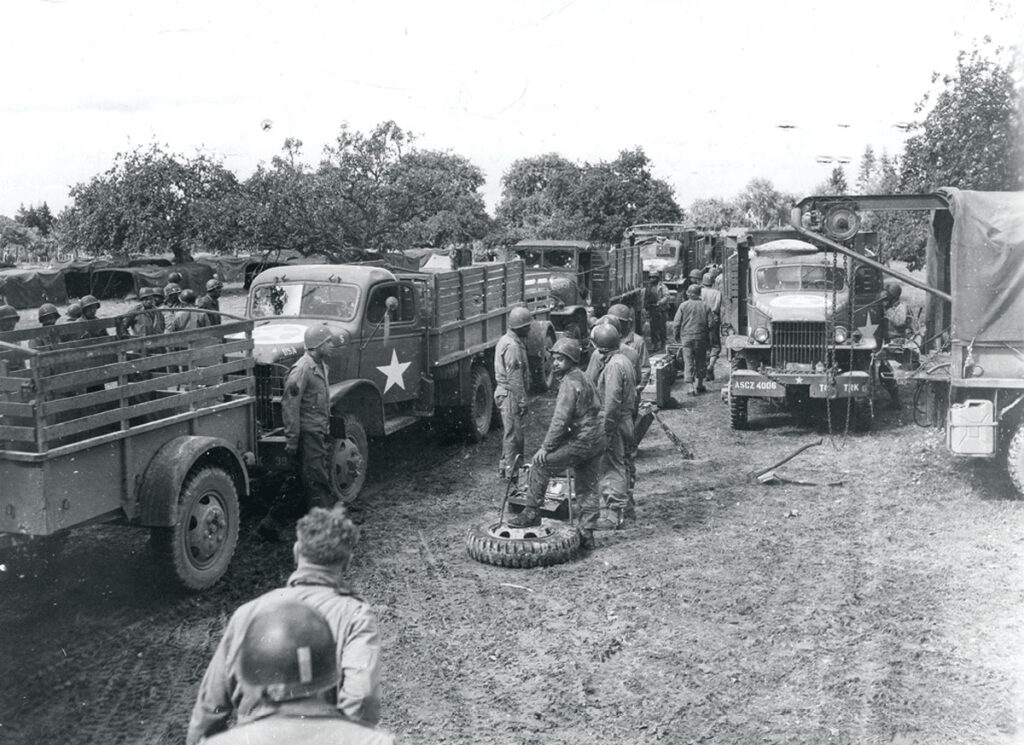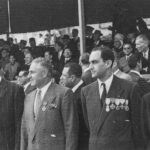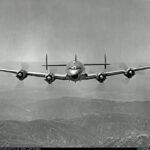Did Germany use trucks at all during World War II? If so, why didn’t they use them more?
Did Germany use trucks at all during World War II? If so, why didn’t they use them more? Yes, Germany did use trucks during World War II, but not as extensively as they might have liked. Several factors influenced the limited use of trucks by the German military:
Resource Limitations:
Germany faced significant shortages in fuel, rubber, and other resources required for mass truck production and maintenance. These materials were essential for maintaining a large fleet of vehicles, so Germany couldn’t afford to produce or run as many trucks as it needed, especially as the war dragged on.
Reliance on Horses:
The German army relied heavily on horses for logistical purposes. Horses were a cost-effective, low-maintenance solution and didn’t require fuel. German logistics often depended on horse-drawn wagons, especially on the Eastern Front, where infrastructure was underdeveloped, and the terrain was challenging.
Production Constraints:
Germany’s industrial capacity was directed toward manufacturing tanks, aircraft, and other critical war machinery, often at the expense of logistical vehicles. The German economy was not as industrialized or expansive as that of the Allies, particularly the United States, which could afford to produce vehicles on a massive scale.
Logistical Complexity:
With the diversity of trucks Germany did use, including those seized from conquered nations, spare parts and maintenance became increasingly complex. The army often had to work with a wide array of models from different manufacturers, which made repairs and upkeep challenging.
Strategic Missteps:
Early in the war, German military planning underestimated the importance of logistics and supply lines. When planning the Blitzkrieg tactics, the high-speed, high-impact approach was prioritized over a long-term, sustainable supply chain supported by trucks. This led to significant logistical issues, especially in prolonged campaigns like the invasion of the Soviet Union.
In contrast, the Allies, particularly the United States, made extensive use of trucks, which became a crucial advantage in terms of mobility and supply line efficiency. The famous “Red Ball Express,” a massive truck convoy system, helped keep Allied troops supplied after the D-Day landings, something the Germans could not easily replicate.


